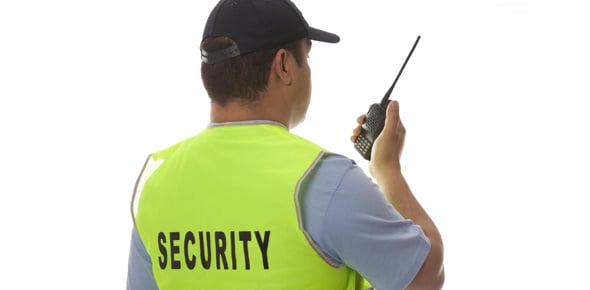Rmapa Set 2- Physical Security
- ISO/IEC 27001
- CPTED
2.
You may optionally provide this to label your report, leaderboard, or certificate.
×
Thank you for your feedback!
















